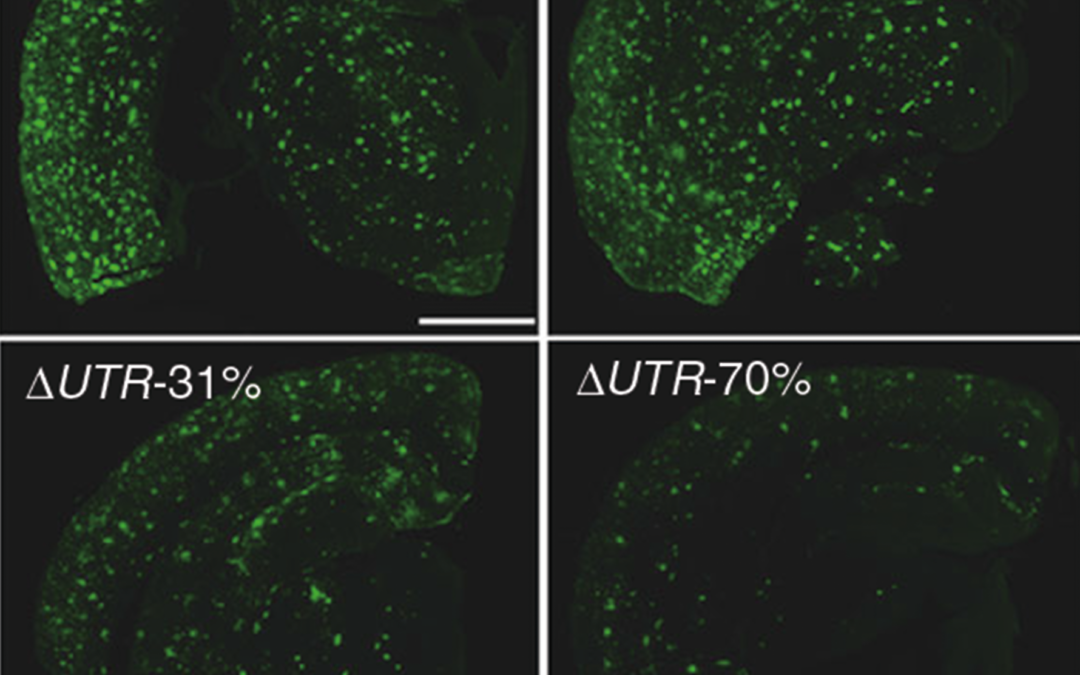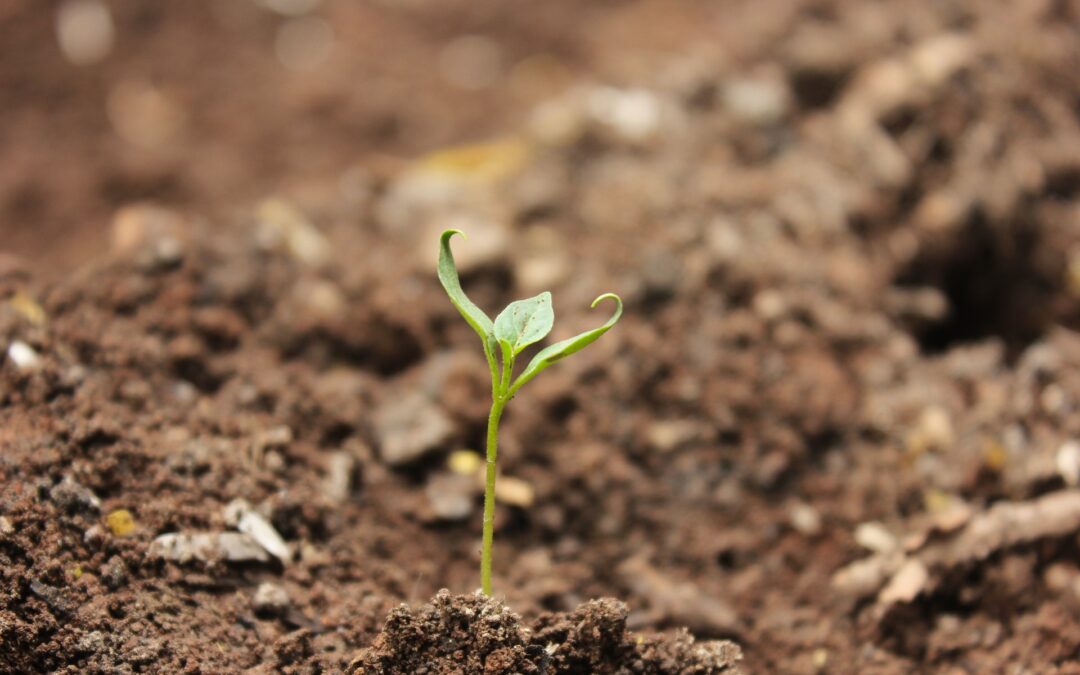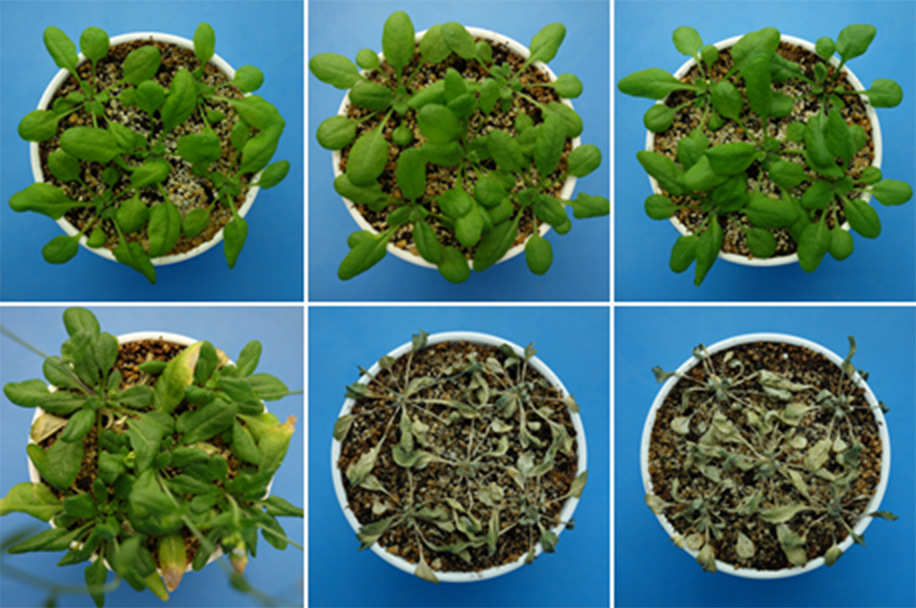
Mutation protects against Alzheimer’s disease in mice
Scientists discover a deletion mutation that reduces amyloid-beta plaque formation in Alzheimer’s disease model mice.

Scientists discover a deletion mutation that reduces amyloid-beta plaque formation in Alzheimer’s disease model mice.

Newly discovered plant peptide hormone can be used to protect plants from excessive environmental salt.

Specially engineered bacteria can produce an industrially significant chemical from renewable sources in a much gentler process than the one currently used by industry.

Researchers have linked changes in mouse immune-cell metabolism to anxiety-related behavior and alterations in brain chemistry.

Scientists show that CLE25 is a plant hormone that travels from roots to leaves and helps close stomata in times of dehydration stress.

An international collaboration has determined that cooption of the Heat Shock Factor (HSF) gene system is what allows larvae of the sleeping chironomid to be able to survive severe desiccation.